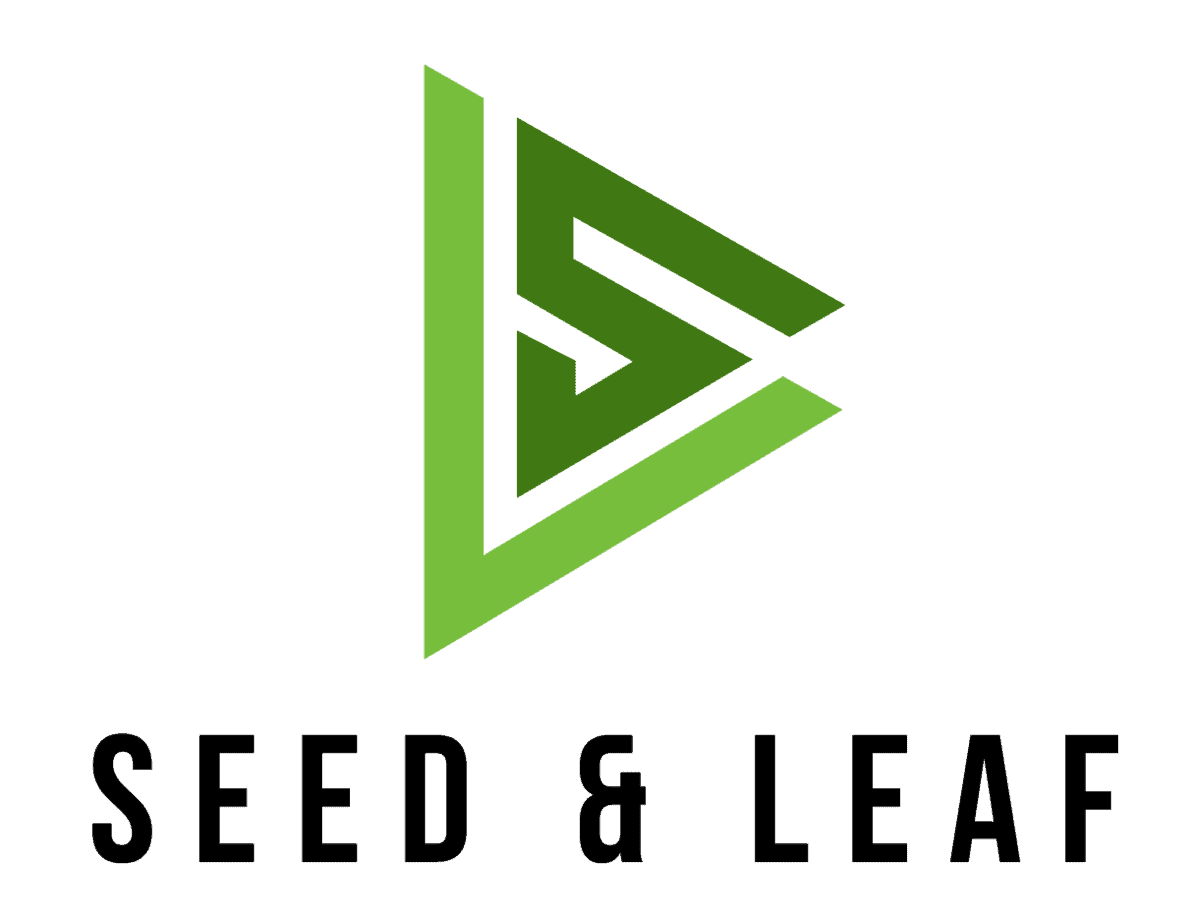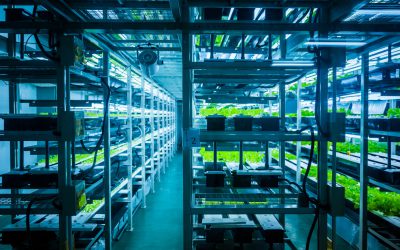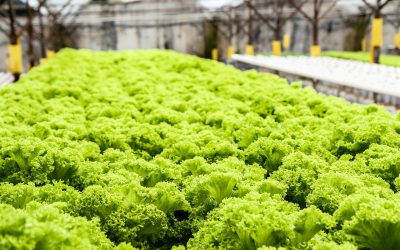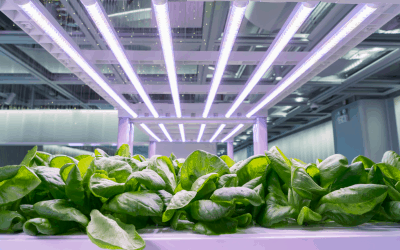Written by Jared Anderson
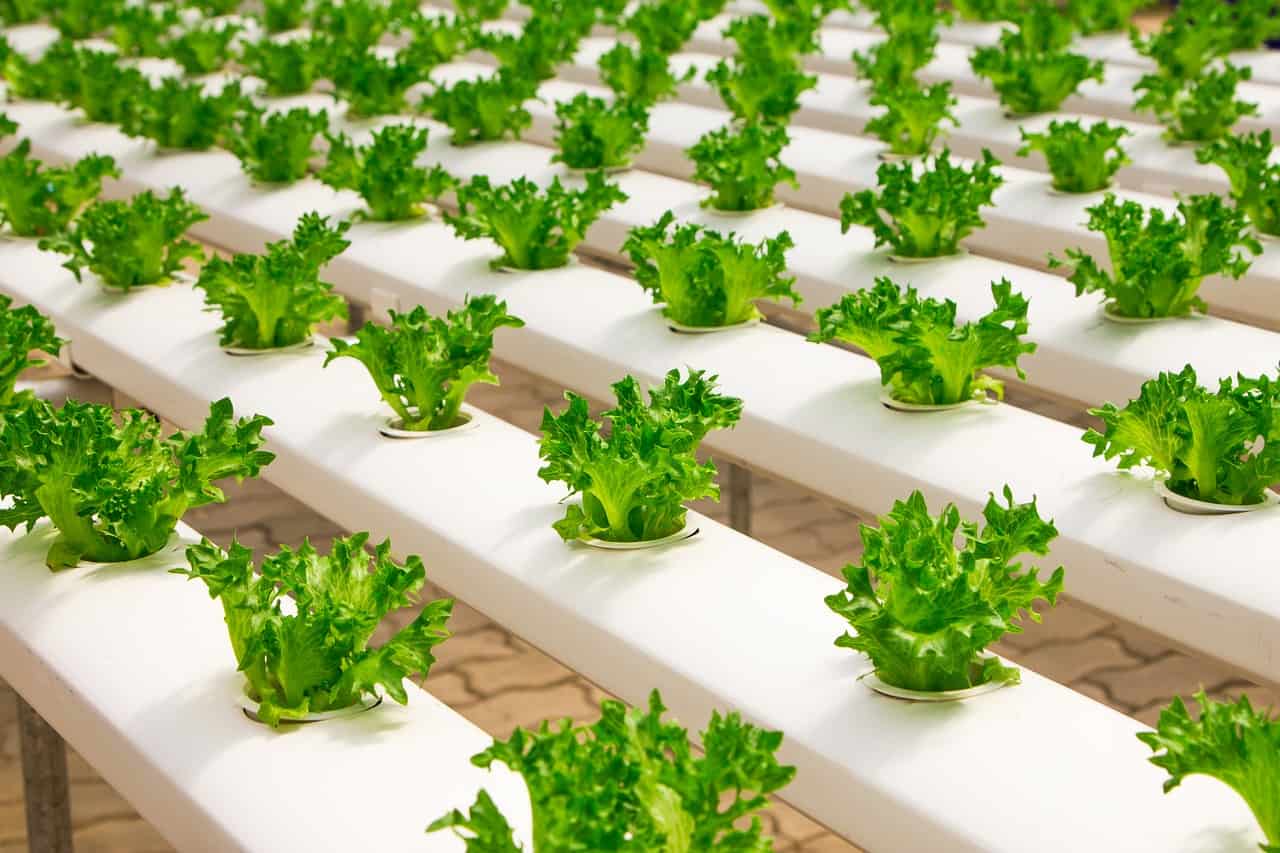
The Nutrient Film Technique is one of many popular hydroponic growing techniques. In fact this method is deployed across both hobbyist gardens and large commercial grow operations. NFT systems are great for growing a variety of fruits, vegetables, and herbs using a portion of the water while producing larger yields in a fraction of the time.
Table Of Contents
- 1 What Is Nutrient Film Technique (NFT) Hydroponics?
- 2 How Does A Nutrient Film Technique System Work?
- 3 What Are The Benefits Of DWC?
- 4 What Plants Do Well In An NFT System?
- 5 Wrapping Things Up On DWC
- 6 The Complete Guide To Vertical Farming | What It Is and Why It’s So Important
- 7 A Deep Dive On Deep Water Culture Hydroponics Systems
- 8 What Is Hydroponics Gardening? | A Complete Beginner’s Guide
What Is Nutrient Film Technique (NFT) Hydroponics?
The nutrient film technique or simply NFT, is a popular hydroponics growing method, that utilizes shallow channels that will hold your plants in either trays as with microgreens, or net pots with most other plant types. Nutrient rich water is pumped into the channel at one end and is gravity-fed out of the channel at the other end through plumbing that leads back into the reservoir. The nutrient rich water is delivered to the root systems of the plants, replacing the need for soil. The pump is controlled by a timer and will run between 1-3 times a day in most cases.
How Does A Nutrient Film Technique System Work?
The System
The Grow Chamber or Grow Channels
With an NFT system, your plants are housed in a channel that acts as the delivery system for the nutrient solution to the roots of your plants. Most commonly these channels will have opening for net pots at the tops spaced usually 6”-8” apart.
Reservoir
The reservoir will house all of the nutrient solution used to feed your plants. When deciding on the size of your reservoir, there are a multitude of factors to keep in mind, but a good rule of thumb is larger is generally better. With a larger reservoir your system will be less prone to large swings in pH and it’s easier to maintain the temperature. With any reservoir, you want it to be non-translucent with a lid and preferably a port-hole for easy access.
Water Pump
The water pump is used to pump the nutrient solution into your grow channels, feeding your plants. Most hobbyist systems will include the correct size pump for the system. If you’re building a system, you can use submersible pond pumps found online and at bix box hardware stores.
Air Pump (optionable in some cases)
In some cases you may want to add an air pump and air stone to your system if the return of the water doesn’t create enough aeration. The air pump will operate outside of the reservoir and will be connected to an air stone that will sit at the bottom of the reservoir, oxygenating the water. The oxygenated water is key in the metabolic process of the plants.
Timer(s)
Analog or digital timers are very common components of hydroponic systems to control a number of different systems. Most commonly for controlling the operation frequency of the water pump and grow lights.
Grow Lights (optionable for outdoor systems)
Indoor gardening/farming is growing in popularity especially in urban areas where fertile land is scarce or non-existent. By taking the growing indoors, you have to supplement a multitude of different natural resources; grow lights take care of one of those. With the reduction in price and increase in efficiency in LED lights, they have taken over as the most popular option for both hobbyist and commercial growers. Fluorescent and High Pressure Sodium (HPS) are still sold but in my opinion will be phased out completely over the next decade.
Net Pots
Net pots are the plastic netted cups that are used to house your plant and grow medi. Most NFT systems will come with net pots included, but if you’re building your own system you can purchase net pots at most hydroponics store or places like Amazon among other online retailers.
Grow Media
Depending on the system will ultimately depend on the type of grow media you go with. Most popular is hydroton (clay pebbles), but lava rocks and pebbles are good alternatives. Typically the seeds are started in a rockwool cube or starter plugs then added to the net pot once growth has begun.
Water
With any hydroponics system, maintaining clean, pH balanced water is essential. If available, use reverse osmosis filtered water to help remove chlorine, fluoride and other additives found in city water. If the pH of your water swings too far in one direction or another it can lead to nutrient deficiencies in your plants. Keeping the water in your reservoir clean will help ensure a healthy, disease and pest free environment for optimal plant growth.
Oxygen
Having adequately oxygenated water is key when plants are using energy to pull water into their roots. Within your system are essential microbes in the nutrient solution that also require highly oxygenated water to survive.
Nutrients
With any hydroponics system you’ll be adding either a liquid based (most common for home growers) or a two-part (most common) or three-part concentrate you’ll dissolve and dilute before adding to your reservoir. Some nutrient solutions are used at different stages of growth. For example, some may have a specific formula for the vegetative stage of growth and a slightly different formula for the flowering stage of growth.
What Are The Benefits Of DWC?
Less Water Usage:
NFT systems can be up to 90% more efficient when it comes to water usage. It’s underestimated, overlooked and taken for granted what a precious resource water is. In the U.S.A. since *1960 fresh water usage has been absolutely dominated by agriculture. This is basically the story globally with agriculture accounting for 70% of global fresh-water usage.
Accelerated Growth:
In a well maintained NFT system you will see accelerated growth times when compared with traditional methods. Due to the near perfect growing conditions and a constant supply of nutrients, the plants don’t have to grow long root systems in search of water and nutrients. Instead, with its ample supply of water and nutrients that energy is then used to grow the plant itself. That are a lot of variables that come into play, but a NFT can have growth cycles (seed to harvest) that are 30% to 50% faster than when compared to growing in soil. On the higher end of the range is found indoors, where you can control basically all variables of the environment.
Larger Yields:
Once again due to the ideal environment for growth, you’ll see an increase in your yields. In well kept systems you can expect anywhere from 2x to 16x in yields when compared to soil based -systems. With the ample nutrient supply the plants are able to grow to their full potential.
What Plants Do Well In An NFT System?
Due to the shallow depth of the grow-channels with most NFT systems, leafy greens are what you’ll find grown most in these systems. Recently you’ve started seeing a lot of tomato growers go hydroponics for higher quality, better tasting fruit they’re able to grow. Here are some of the most popular crops grown using NFT systems:
- Lettuce
- Spinach
- Kale
- Broccoli
- Cilantro
- Basil
- Tomatoes
- Strawberries
- Chard
- Bak Choy
Wrapping Things Up On DWC
Nutrient Film Technique systems are growing in popularity due to their efficiency and ease of use. With the improvement and cost reduction we’ve seen in LEDS, we’re starting to see more and more farmers move indoors where they can take their farms vertical. Formerly a limitation with most outdoor NFT systems. In many large cities across the world, this method is being utilized to grow veggies and herbs in urban areas, maybe near you.
Here’s an example of a popular NFT grow system available on Amazon:
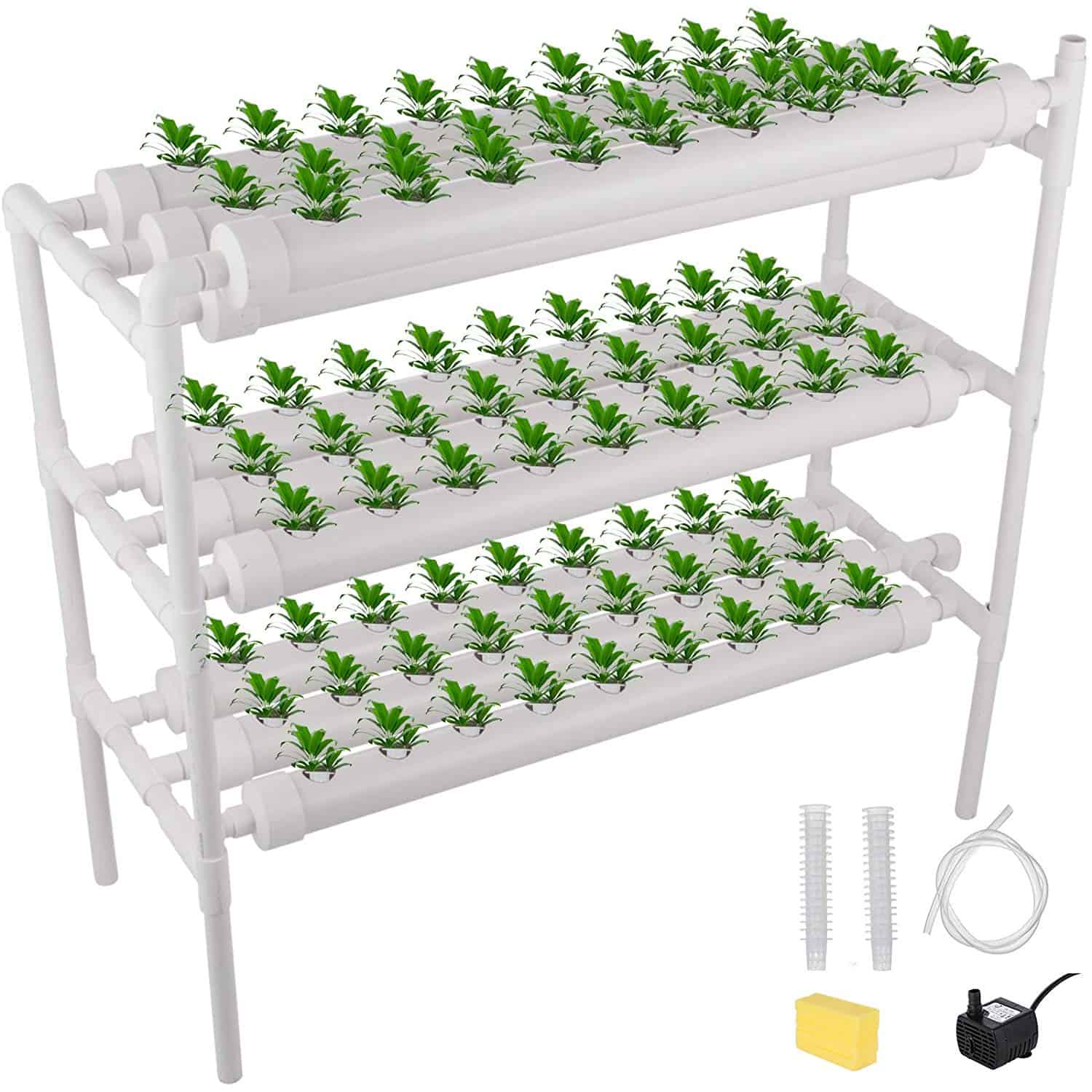
Related Articles
The Complete Guide To Vertical Farming | What It Is and Why It’s So Important
With demands for fresh, locally sourced, non-GMO fruits, veggies, and herbs continuing to grow, the adoption of indoor vertical farms is increasing across the globe. Find out why, these farms are so important for the future of our food.
A Deep Dive On Deep Water Culture Hydroponics Systems
What is Deep Water Culture or DWC hydroponics? Check out the benefits and how easy it is to get started growing using the DWC method.
What Is Hydroponics Gardening? | A Complete Beginner’s Guide
What is hydroponics? Since the recreational legalization of cannabis in Colorado in 2006, the word ‘hydroponics’ has been knocking on the doorstep
